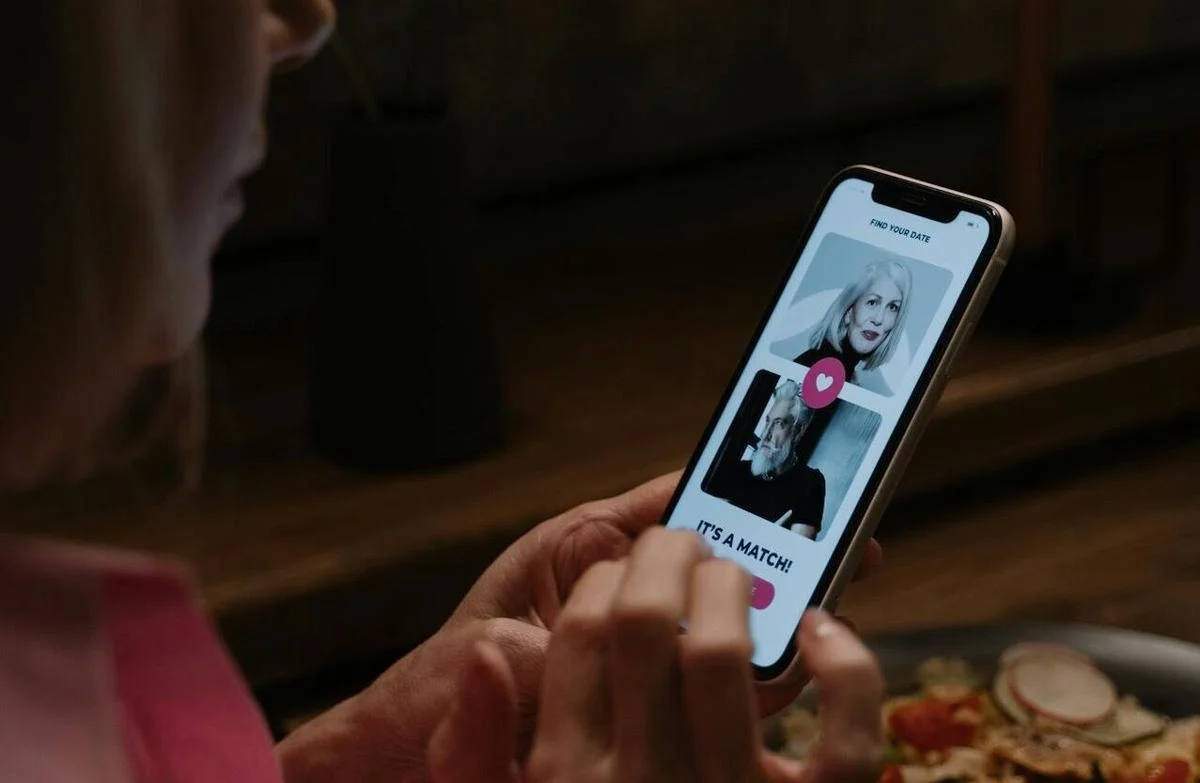Creating a dating app like Tinder can seem daunting, but with the right approach, it becomes manageable. In this post, we will break down the essential components: the cost involved, the technology stack needed, and the key features that make a dating app successful.
Key Features of a Dating App
When developing a dating app, the features play a critical role in user engagement and satisfaction. Here are the essential features to consider:
User Profiles
Allow users to create and customize their profiles. Users should add photos, bios, and personal details. Ensure the app supports various media types, including images and videos, to enhance profile richness.
Swiping Mechanism
The swiping feature lies at the heart of apps like Tinder clone. Users swipe right to like someone and left to pass. Implementing this functionality creates an intuitive user experience.
Geolocation
Incorporate geolocation to help users find potential matches nearby. Use GPS to show profiles of users within a specified radius. This feature drives user interaction by connecting individuals in close proximity.
Chat Functionality
Once users match, they need a way to communicate. Integrate an in-app messaging system that allows users to chat securely. Include features like message notifications, read receipts, and multimedia sharing to enhance interaction.
Push Notifications
Push notifications keep users engaged. Notify users about new matches, messages, or activity on their profiles. This feature encourages regular app usage.
User Verification
Implement user verification processes to ensure the authenticity of profiles. Use methods such as phone number verification or linking social media accounts to enhance trust among users.
Search Filters
Allow users to filter potential matches based on preferences like age, distance, and interests. This functionality helps users find compatible matches quickly.
Premium Features
Consider offering premium features for a subscription fee. This can include unlimited swipes, seeing who liked you, or accessing advanced search filters. Create a balance between free and paid features to attract a broad user base.
Technology Stack
Choosing the right technology stack is vital for the success of your dating app. Here’s a recommended tech stack to consider:
Frontend Development
- React Native: This framework enables you to build cross-platform apps for both iOS and Android. It allows for a smooth user experience with responsive designs.
- Flutter: Another excellent choice for cross-platform development. It provides a rich set of widgets and can help speed up the development process.
Backend Development
- Node.js: This JavaScript runtime environment is efficient for building scalable network applications. It handles multiple connections simultaneously, making it a solid choice for a dating app.
- Express.js: A web application framework for Node.js, it simplifies the process of building robust APIs for your app.
Database
- MongoDB: A NoSQL database that handles large volumes of data and offers flexibility in data modeling. It’s great for storing user profiles and messages.
- Firebase: A real-time database that provides quick data sync between users. It also offers user authentication and cloud storage options.
Cloud Services
- AWS (Amazon Web Services): Use AWS for hosting and scalable cloud storage solutions. It provides various services like EC2 for computing and S3 for storing media files.
- Google Cloud: An alternative to AWS, Google Cloud offers similar services and can handle app deployment and data management efficiently.
Real-Time Features
- WebSockets: Implement WebSockets for real-time messaging functionality. This technology allows for instant communication between users without the need for constant refreshing.
Analytics
- Google Analytics: Use this tool to track user behavior within the app. It helps in gathering insights on user engagement and optimizing app features based on data.
- Mixpanel: Another analytics tool that offers advanced tracking features. It provides insights into user actions, helping you make data-driven decisions.
Cost Breakdown
Creating a dating app involves various costs, from full cycle software development to marketing. Here’s a breakdown of the main expenses you should consider:
Development Costs
- Frontend Development: Expect to spend between $15,000 and $50,000. The cost varies based on complexity and the number of platforms you choose to develop for (iOS, Android, or both).
- Backend Development: Backend development typically ranges from $20,000 to $60,000, depending on features like user authentication, chat functionality, and database integration.
- UI/UX Design: Investing in quality design is crucial. Design costs can range from $5,000 to $20,000, depending on the app’s complexity.
- Testing and QA: Allocate $5,000 to $15,000 for thorough testing to ensure a bug-free launch. This phase includes functional, usability, and performance testing.
Marketing Costs
- App Store Optimization (ASO): Spending around $1,000 to $5,000 on ASO can help improve your app’s visibility in app stores.
- Digital Marketing: A budget of $10,000 to $50,000 for digital marketing efforts, including social media advertising, influencer partnerships, and search engine marketing, can drive user acquisition.
- Public Relations: Engaging a PR firm or specialist may cost between $5,000 and $20,000. A solid PR strategy can generate buzz and attract users to your app.
Ongoing Costs
- Hosting and Maintenance: Monthly hosting and maintenance can range from $100 to $1,000, depending on your user base and cloud services used.
- Updates and New Features: Plan for regular updates, which may cost between $5,000 and $15,000 annually, depending on the frequency and complexity of new features.
Launch Strategy
Once your app is ready, focus on a solid launch strategy. Consider these steps:
- Beta Testing: Before a full launch, conduct beta testing with a select group of users. Gather feedback to fix bugs and improve the app.
- Influencer Marketing: Partner with influencers in the dating and lifestyle niche. Their endorsement can attract a substantial user base.
- Social Media Campaigns: Utilize platforms like Instagram and TikTok to create engaging content. Showcase unique features and user success stories.
- Launch on Multiple Platforms: Ensure the app is available on both iOS and Android to reach a broader audience.
- Monitor Feedback: After launch, actively monitor user feedback and reviews. Use this information to make necessary improvements quickly.
Conclusion
Building a dating app like Tinder involves careful planning and execution. By focusing on essential features, selecting the right tech stack, and preparing a robust marketing strategy, you can create a successful app that resonates with users. Pay attention to costs at every stage and remain agile, ready to adapt based on user feedback and market trends.









